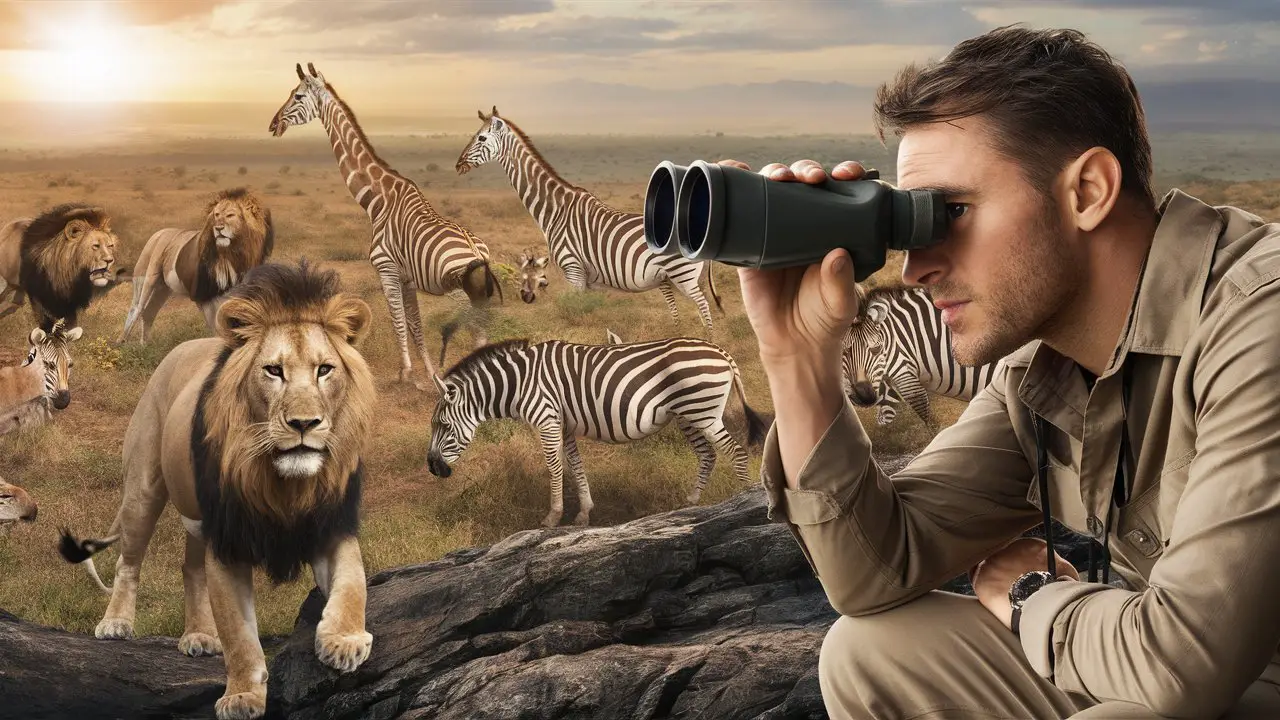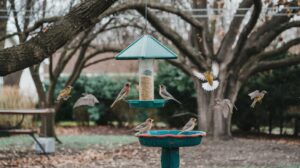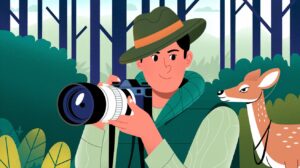As an avid outdoorsman and wildlife enthusiast, I have spent countless hours honing my skills for observing wildlife in their natural habitats. Through trial and error over many years, I have discovered techniques that can help even novice nature lovers spot elusive animals. In this article, I will share simple tricks that anyone can use to increase their chances of catching glimpses of magnificent creatures in the wild. Whether you hope to see a doe and fawn grazing in a meadow or a bald eagle soaring over a lake, these straightforward strategies will improve your wildlife spotting success. With a little patience and the right approach, you too can experience the thrill of watching wild animals in action.
Essential Wildlife Spotting Techniques for Beginners
Choose the Right Location
Selecting a suitable location is key to successful wildlife spotting. I prefer secluded areas like nature preserves, state parks, and national forests. These places have minimal human disturbance and plenty of natural habitat for animals. Mountainous or hilly terrain also provides good vantage points for spotting wildlife from a distance.
Bring the Necessary Gear
Binoculars and a field guide are essential for beginners. Binoculars allow you to observe animals from a safe distance without disturbing them. A field guide helps identify the animals and learn about their habits and habitat. Dress for the weather and terrain to maximize your time outside.
Move Slowly and Quietly
Most wildlife have keen senses of sight, smell, and hearing. Make slow deliberate movements and avoid making loud noises. Walk softly and slowly on trails instead of crashing through the brush. This will increase your chances of spotting animals before they spot you and flee.
Look for Clues
Search for signs of wildlife activity like tracks, scat, nests, and burrows. Look for movement in the distance, especially in the early morning and at dusk when many animals are most active. Listen for animal sounds which can indicate their presence even when hidden from view. With practice, you’ll get better at spotting wildlife in their natural habitat.
Be Patient
Wildlife spotting takes patience. Don’t expect to see many animals, especially large mammals, right away. Find a secluded spot to sit quietly and let the wildlife come to you. Some days you may not spot much, but the rewards of patiently waiting and observing nature unfold are well worth it. Over time, with regular visits, the wildlife in the area will become accustomed to your presence, allowing for better viewing opportunities.
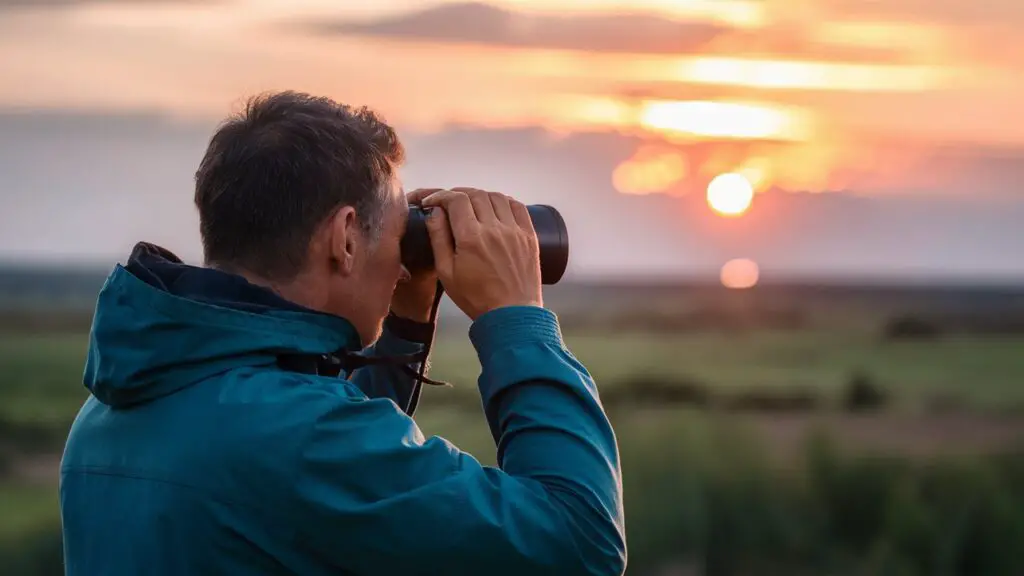
Advanced Wildlife Spotting Tips and Tricks
As an avid wildlife spotter, I have developed several techniques over the years to increase my chances of spotting elusive animals in their natural habitat. ###Patience is key. Spending long periods sitting silently in one spot gives wildlife a chance to emerge from hiding and go about their daily activities. I once spent over two hours in a hide observing otters before they finally came into view.
Choose the right location. Do some research to determine areas where your target species lives and the routes they frequently travel. Look for signs like tracks, scat, nests or feeding spots. Position yourself downwind so your scent does not give you away. Otters, for example, prefer river banks, so I scouted locations along the river where I spotted slides, spraints and feeding remains.
Use the right gear. Binoculars or a zoom lens allow you to get a close-up view without startling the animals. A camera, especially one with a fast shutter speed, lets you capture fleeting glimpses. Dress in earthy colors that blend into the surroundings. I invested in a high-powered zoom lens for my DSLR, a camouflage jacket and waterproof pants.
Watch for subtle signs. Look for slight movements in the bushes, ripples on the water or dust clouds that could indicate the presence of animals. Listen for calls, grunts or the snapping of twigs. I once spotted a otter slipping into a holt by a barely perceptible ripple on an otherwise still pond. With practice, your senses will become finely tuned to detect even the smallest clues.
Patience, location, gear and subtle sign observation—master these techniques and you’ll soon be spotting wildlife like a pro. The rewards of observing animals in their natural habitat and capturing that perfect shot make all the effort worthwhile.
Top Wildlife Spotting Gear: Binoculars, Cameras, and Goggles
To increase your chances of spotting wildlife in their natural habitat, having the proper gear is essential. A good pair of binoculars, for example, allows you to see animals that may be too far away for the naked eye while staying at a respectful distance.
Binoculars
For wildlife viewing, I recommend binoculars with 7x to 10x magnification and an objective lens of at least 42mm. The larger the objective lens, the more light it gathers, which helps in low light conditions under tree cover. Larger binoculars with more magnification also allow you to see more detail, spotting distinguishing features to help identify the species. However, higher magnification makes it more difficult to keep the image stable, so consider a tripod adapter for the best views.
Digital Camera
A digital camera with a long zoom lens is perfect for capturing photos of wildlife from afar. For the best results, choose a camera with at least 20 megapixels of resolution and 10x optical zoom. The higher the optical zoom, the more details you’ll capture. However, digital zoom reduces image quality, so opt for optical zoom when possible. Fast autofocus and shutter speed are also important for crisp photos, especially of moving animals.
Night Vision Goggles
To spot nocturnal animals in very low light conditions, night vision goggles use an infrared illuminator to detect heat signatures. More affordable options typically have lower magnification, around 3x, while higher-end models may offer up to 5x magnification. However, higher magnification reduces the field of view, so for wildlife viewing, I would aim for 3x to 4x magnification. The illuminator provides infrared light that is invisible to animals, allowing you to view them acting naturally in the dark.
With the right gear and a lot of patience, you’ll be spotting wildlife in no time. Be sure to do some research on the animals you hope to see to determine the best places and times to spot them. Happy viewing!
Don’t Miss a Thing! Enhance Your Wildlife Photography with Ultra-X Night Vision Goggles.
Get Now!
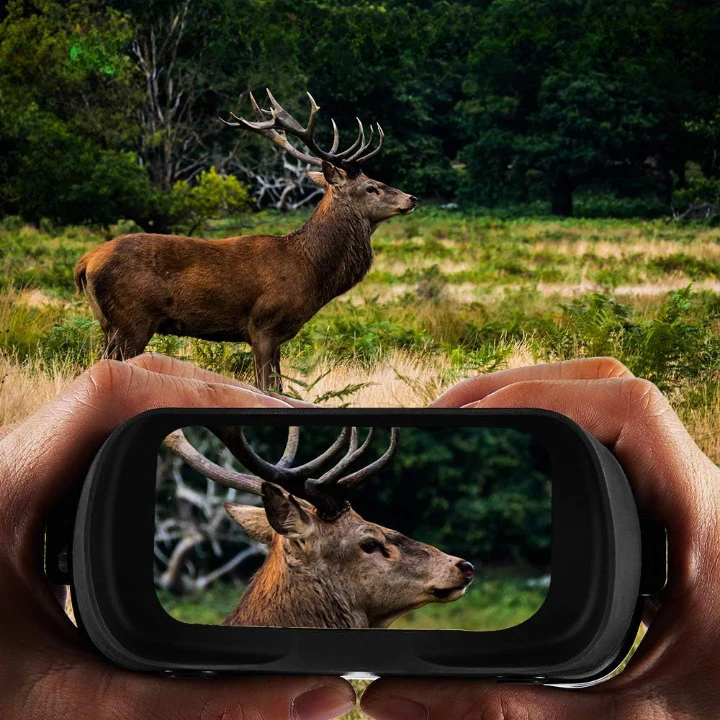
Conclusion
In closing, wildlife spotting can be an exciting adventure if you know where to look and how to stay hidden. With some basic tips on using your senses, moving quietly, and having the right gear, you’ll be ready to spot local fauna. Start in your own backyard or neighborhood park, then expand your search to wilder areas. Always respect nature, tread lightly, and leave no trace behind. As you become more skilled at observing animals undetected, you’ll gain a deeper appreciation for the wildlife around us. Just remember that wildlife deserves our respect, not our interference. By using responsible techniques, we can all enjoy nature’s wonders without disturbing its delicate balance.

